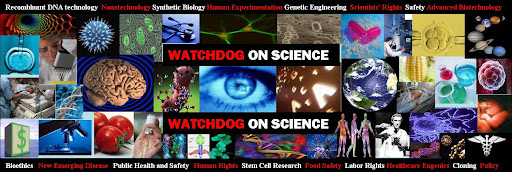
Commission builds database of scientific trials
Written by John Donnelly on August 30, 2011
One basic issue in today’s federally funded research involving human subjects around the world: There’s no single database.
Dr. Amy Gutmann, President of the University of Pennsylvania and Chair of the Presidential Commission for the Study of Bioethical Issues, noted the absence of a database during the second day of meetings, which are examining the current oversight of human subjects research.
Gutmann said that the Commission started a study of all federally funded research and found no central electronic collection of them. “We know about ClinicalTrials.gov, but it is not at all comprehensive,” she said.
The issue arose during a presentation by Ezekiel J. Emanuel, M.D., Ph.D., former chief of Clinical Center Department of Bioethics at the National Institutes of Health, who talked about current efforts under way by the federal government to consider revisions to U.S. regulations for human subjects protection. Emanuel agreed with Gutmann about the need for such a database.
“I’ve been saying for the last 15 years it is a scandal that neither the head of the FDA or NIH can report how many people are on clinical trials, or how many people have had an adverse event, or had died” in connection to a trial, Emanuel said.
Later in today’s meeting, Dr. Jeremy Sugarman, a Senior Advisor to the Commission and the Harvey M. Meyerhoff Professor of Bioethics and Medicine at Johns Hopkins Center for Global Health, and Michelle Groman, a Senior Policy & Research Analyst at the Commission, reported that the Commission was getting closer to creating a single database of federally funded research.
Sugarman said the Commission had canvassed 18 federal agencies that conduct a scientific research and had received detailed responses from 17 of them, including the NIH and FDA. The 18th agency, the Department of Defense, has been able to give only “aggregate” information of its studies, saying that its method of collecting data did not allow for more specific information on research projects.
Sugarman said the Commission will hire a statistician to analyze the material.
Gutmann said the Commission will wait to see the outcome before deciding next steps. “It seems we have to see first how good a database we can get,” she said.
Vice Chair James W. Wagner, President of Emory University, said the database “has the potential to be an incredible contribution” in better understanding the scope of the research and spotlighting future trends.








